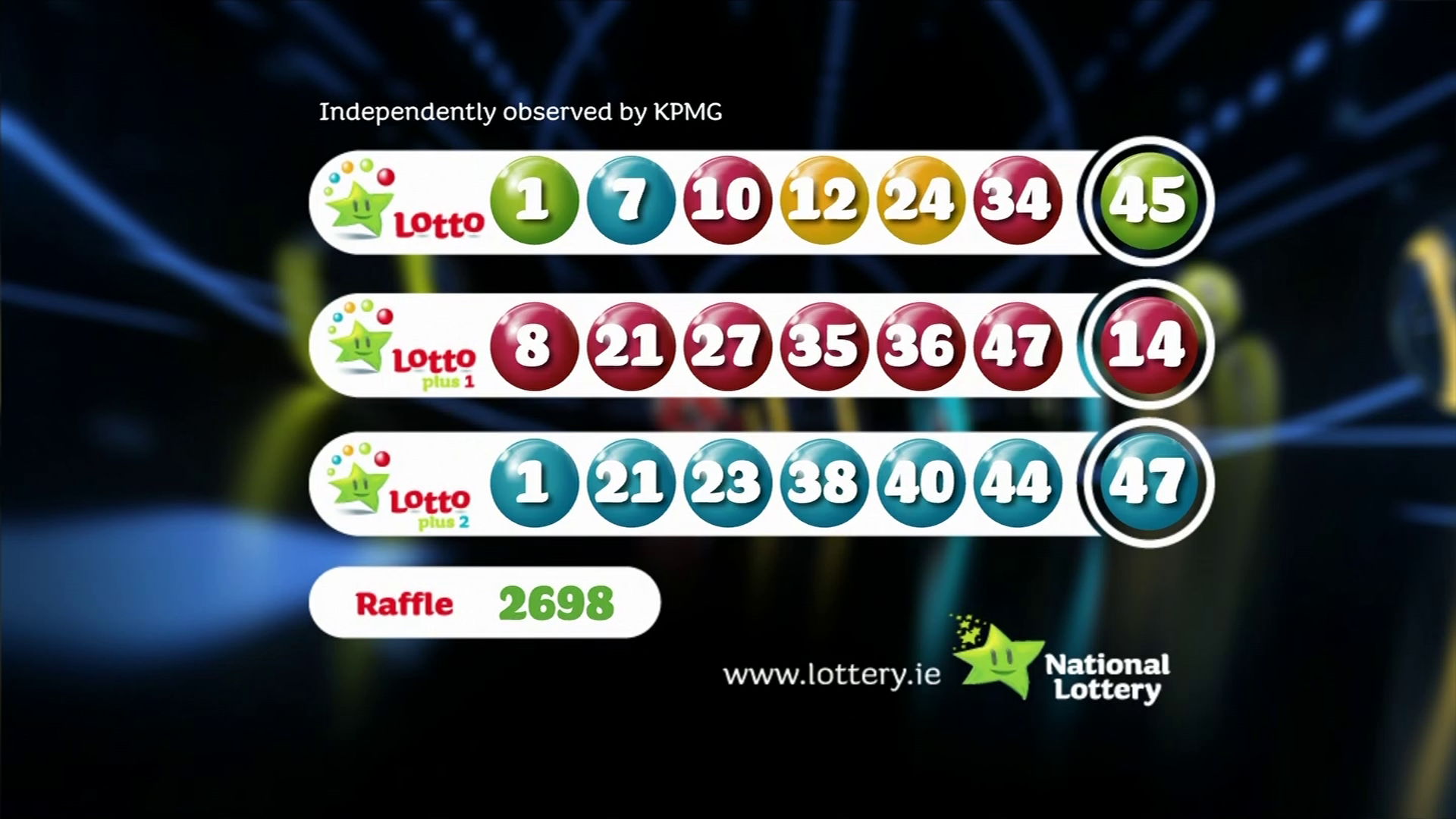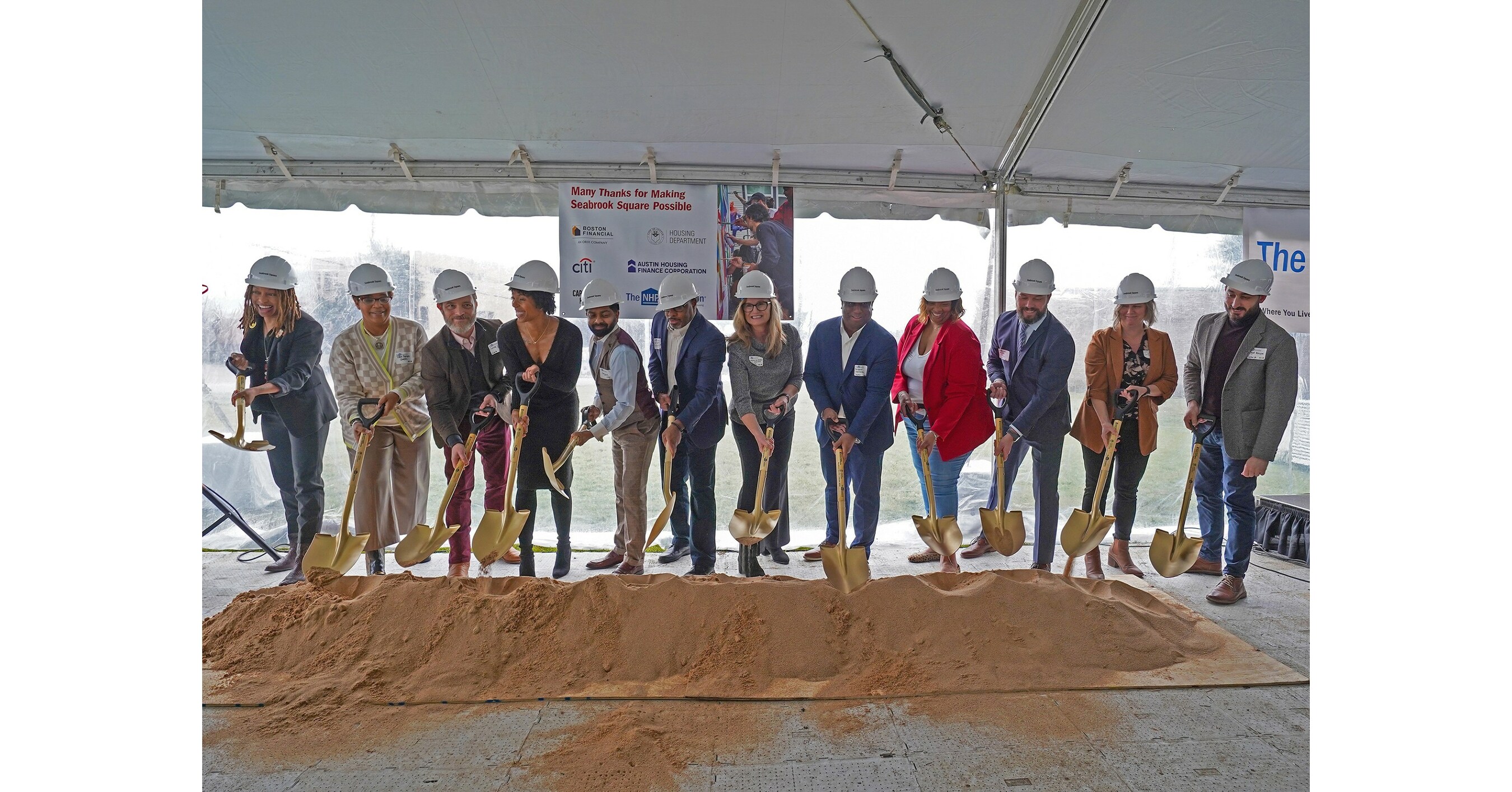Rising Costs Jeopardize The Future Of Offshore Wind Energy Projects

Table of Contents
The Inflationary Impact on Offshore Wind Farm Development
The escalating costs associated with offshore wind farm development are a complex issue stemming from several interconnected factors. The dramatic increase in input prices is significantly impacting project budgets and timelines.
Increased Material Costs
The cost of raw materials crucial for offshore wind turbine construction has soared in recent years. This inflationary pressure is significantly impacting project viability.
- Steel prices: Increased by over 50% in some regions, impacting turbine tower and foundation costs.
- Concrete prices: Experiencing similar dramatic increases, affecting the construction of foundations and substructures.
- Rare earth minerals: Essential for turbine generators, these materials face supply chain constraints and price volatility.
These price hikes are driven by global supply chain disruptions, increased demand, and geopolitical instability. The war in Ukraine, for instance, has significantly impacted the availability and cost of steel and other critical materials.
Escalating Labor Costs
The specialized skills required for offshore wind installation and maintenance are in high demand, contributing to rising labor costs.
- Skilled technicians and engineers: Competition for experienced personnel is fierce, driving up wages.
- Specialized vessels and equipment operators: The demanding nature of offshore work necessitates highly trained personnel, further increasing labor expenses.
- Strict safety regulations: Offshore wind projects adhere to rigorous safety standards, adding to operational costs.
Unionization efforts and the need to attract and retain talent in a competitive job market are also contributing factors to increasing labor costs in the sector.
Supply Chain Bottlenecks and Delays
Logistical challenges and delays are adding to the already substantial costs of offshore wind projects.
- Port congestion: Delays in unloading and transporting materials to project sites are becoming increasingly common.
- Transportation issues: The logistics of transporting massive turbine components to offshore locations are complex and expensive.
- Equipment shortages: Manufacturers are struggling to keep up with demand, leading to delays in project completion.
Geopolitical instability, trade wars, and the pandemic have further exacerbated these supply chain bottlenecks, leading to significant cost overruns and project delays.
Financial Challenges and Funding Shortfalls
The confluence of rising costs and tighter financing conditions is creating significant challenges for offshore wind developers.
Increased Financing Costs
Securing project financing has become increasingly difficult due to rising interest rates and reduced investor confidence.
- Higher borrowing costs: Developers are facing significantly higher interest rates on loans, increasing the overall project cost.
- Reduced investor appetite: Cost overruns and project delays are making investors hesitant to commit capital.
- Competition for funding: The renewable energy sector is attracting significant investment, leading to intense competition for limited capital.
Government subsidies and loan guarantees play a vital role in mitigating these risks, but their availability and effectiveness are often limited.
Investor Hesitation and Risk Assessment
The uncertainty surrounding future cost increases is impacting investor sentiment and risk assessments.
- Difficulty in cost forecasting: Accurately predicting future material and labor costs is challenging, increasing the perceived risk for investors.
- Project delays and cost overruns: These events can significantly impact the financial viability of projects, discouraging potential investors.
- Market volatility: Fluctuations in energy prices and government policies add to the uncertainty associated with offshore wind investments.
Investors are carefully reassessing the risk-reward profile of offshore wind investments, seeking projects with robust cost management strategies and clear mitigation plans.
Potential Mitigation Strategies and Future Outlook
Addressing the challenges of rising costs requires a multi-pronged approach encompassing technological innovation, supportive policy frameworks, and increased industry collaboration.
Technological Advancements
Technological advancements offer the potential to significantly reduce the costs and improve the efficiency of offshore wind development.
- Next-generation turbines: Larger, more efficient turbines can reduce the number of turbines needed per project, lowering overall costs.
- Improved installation techniques: Innovative methods for installing foundations and turbines can reduce installation time and costs.
- Advanced maintenance strategies: Predictive maintenance and remote monitoring can reduce downtime and maintenance costs.
The increasing application of automation and artificial intelligence promises further cost reductions and improvements in efficiency.
Policy and Regulatory Frameworks
Supportive government policies are crucial for fostering the growth of the offshore wind industry while managing costs.
- Tax credits and incentives: These can reduce the upfront cost of projects, making them more attractive to investors.
- Streamlined permitting processes: Reducing bureaucratic hurdles can accelerate project development and reduce delays.
- Carbon pricing mechanisms: These can incentivize investment in renewable energy by making fossil fuels more expensive.
A stable and predictable regulatory environment is crucial to attract long-term investment and ensure the continued development of the offshore wind sector.
Collaboration and Industry Partnerships
Collaboration between developers, manufacturers, policymakers, and research institutions is essential to overcome cost challenges and accelerate the transition to renewable energy.
- Knowledge sharing and technology transfer: Facilitating the exchange of best practices can accelerate innovation and reduce costs.
- Supply chain optimization: Collaboration can improve the efficiency and reliability of the supply chain, mitigating the impact of bottlenecks.
- Standardization of components: This can reduce manufacturing costs and simplify installation.
Conclusion
Rising costs pose a significant challenge to the future of offshore wind energy projects. Inflationary pressures, financial constraints, and supply chain issues are impacting project viability and investor confidence. However, technological advancements, supportive policies, and industry collaboration offer potential pathways to mitigate these challenges. By addressing these issues head-on, we can ensure that offshore wind energy continues to play a vital role in the global transition to a sustainable energy future. To learn more about mitigating rising costs in offshore wind, addressing cost challenges in offshore wind projects, and securing the future of affordable offshore wind energy, continue to explore resources and engage in the ongoing dialogue surrounding this critical renewable energy source. The future of clean energy depends on it.

Featured Posts
-
 High Court Case Norfolk Mp And Nhs Hospital Dispute Over Gender
May 03, 2025
High Court Case Norfolk Mp And Nhs Hospital Dispute Over Gender
May 03, 2025 -
 Lottery Results Wednesday April 30th 2025
May 03, 2025
Lottery Results Wednesday April 30th 2025
May 03, 2025 -
 Tomatin Affordable Housing Milestone Pupils Break Ground On Strathdearn Project
May 03, 2025
Tomatin Affordable Housing Milestone Pupils Break Ground On Strathdearn Project
May 03, 2025 -
 Hario Poterio Parko Atidarymas Sanchajuje 2027 Metu Laukiama Atrakcija
May 03, 2025
Hario Poterio Parko Atidarymas Sanchajuje 2027 Metu Laukiama Atrakcija
May 03, 2025 -
 Blay Styshn 6 Kl Ma Thtaj Merfth Qbl Itlaqh
May 03, 2025
Blay Styshn 6 Kl Ma Thtaj Merfth Qbl Itlaqh
May 03, 2025
